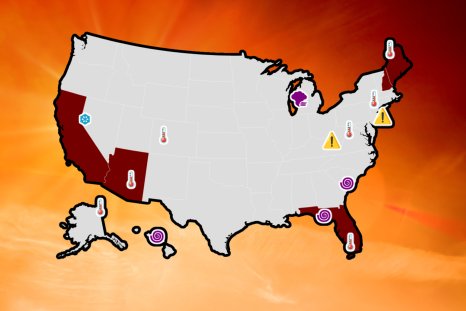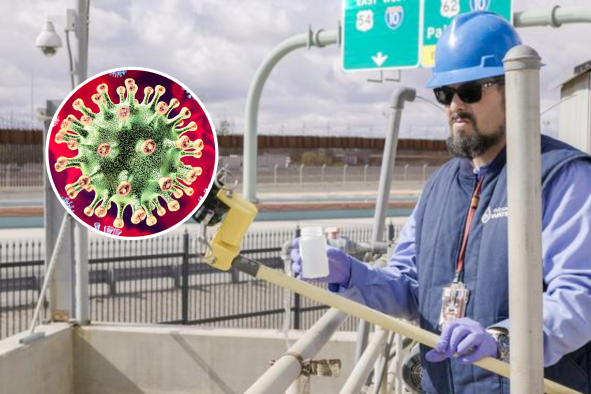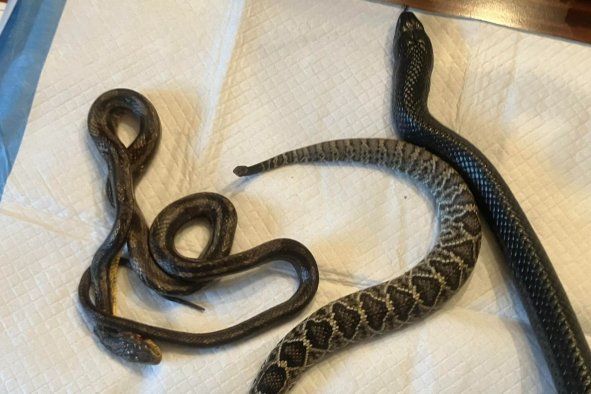Researchers have uncovered fascinating insights into the lives of prehistoric Native Americans who made camp in the Great Lakes region around 13,000 years ago.
The camp, now called the Belson site, was set up in what is now southwest Michigan by a small band of people from the Clovis culture, as first reported in a study published in 2021.
But now a new study, authored by the same team and published in the online journal PLOS One, has shed new light on the site. The work reveals, among other discoveries, that the Clovis people likely returned to the site annually over several years, while also providing information on what they were eating.
The Clovis culture was a prehistoric Native American people that lived roughly 13,000 years ago in North America near the end of the Pleistocene epoch. The culture—known for its distinctive pointed and sharp-edged stone tools—is named after the Clovis archaeological site in New Mexico where researchers first uncovered evidence of them.
Until recently, there was no evidence of Clovis settlement in the Great Lakes region. During the latter part of the Pleistocene, the Earth experienced its most recent ice age. In North America, this was characterized by an event known as the Wisconsin glaciation, which began between around 100,000 to 75,000 years ago and ended roughly 11,000 years ago.
This event resulted in Michigan becoming totally covered in glacier ice—along with most of the northern part of the continent—making the land inhospitable to humans. But while ice still covered most of the state around 13,000 years ago near the end of this glaciation, it had receded in southern portions of what is now Lower Michigan, enabling prehistoric Native Americans to settle in and utilize the landscape, as occurred at the Belson site. In fact, the Clovis camp is thought to be the earliest archaeological site in the state.
In the latest study, the researchers found that Clovis people made multiple visits to the site, traveling there annually—probably in the summer—for as little as three, but likely up to five, consecutive years. An analysis of protein traces found on some of the stone tools—known as Clovis points—from the site also demonstrated that the diet of this group included various animals.
The team found evidence of musk ox, caribou or deer, hare and an extinct peccary—a pig-like animal—protein on the tools.
"Taken together, the ancient protein data suggests that these people had a broad spectrum diet, eating a wide variety of animals," study lead author Brendan Nash, a doctoral student of archaeology at the University of Michigan, said in a press release. "Our findings are contrary to the popular notion that Clovis people were strictly big game hunters, most often subsisting on mammoths and mastodons."
Disclaimer: The copyright of this article belongs to the original author. Reposting this article is solely for the purpose of information dissemination and does not constitute any investment advice. If there is any infringement, please contact us immediately. We will make corrections or deletions as necessary. Thank you.



